#early modern
Text

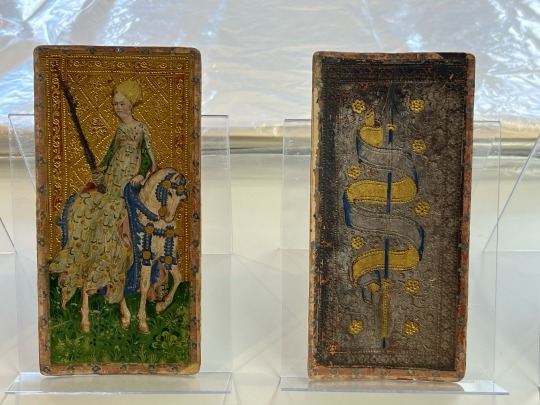
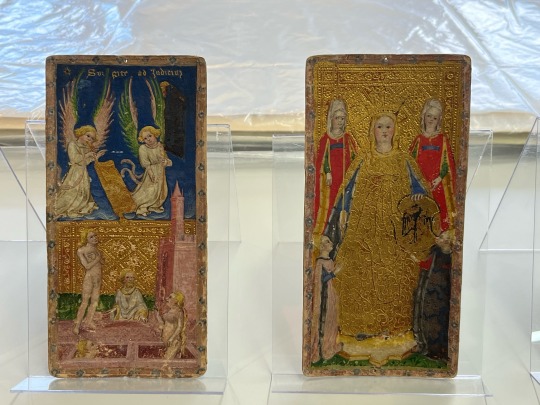

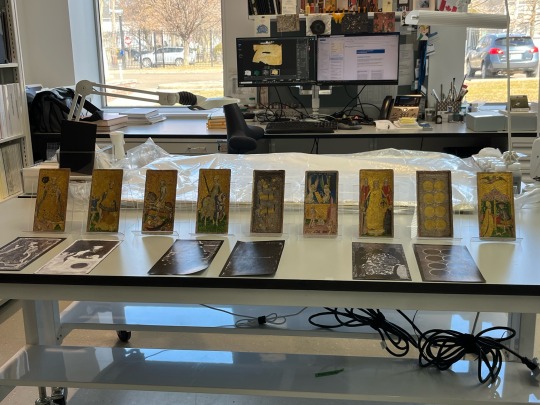
Fifteenth century tarot cards, possibly the oldest known deck. Look how beautiful they are! These are from way back before they were used for cartomancy.
#tarot#tarot cards#divination#cartomancy#tarot history#occult#occultism#medieval#medieval art#early modern
3K notes
·
View notes
Text

Reference drawing of Juana I of Castile for the Tomb of Maximillian I by Jörg Kölderer (1522)
#peep the little pomegranate🥹#juana i of castile#juana of castile#joanna of castile#juana la loca#maximilian i#art#art history#history of art#drawing#northern renaissance art#northern renaissance#renaissance art#renaissance#renaissance history#16th century art#16th century#sixteenth century#16th century fashion#1500s#history#holy roman empire#holy roman emperor#tomb#early modern#flemish art#Flanders#netherlands#netherlandish art#austrian art
317 notes
·
View notes
Text

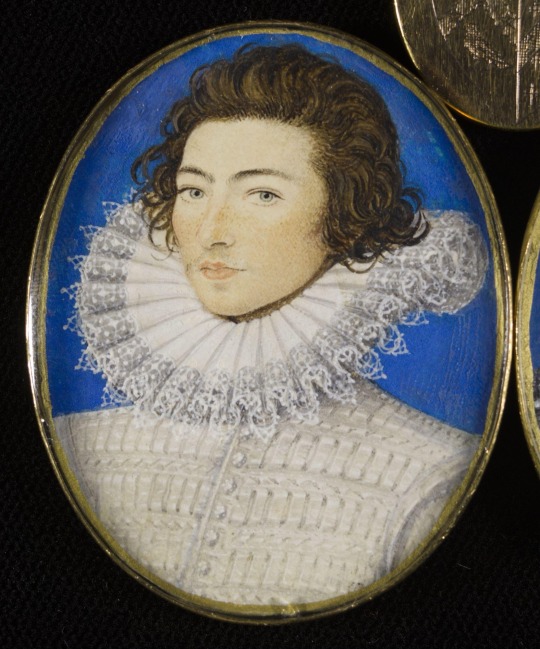

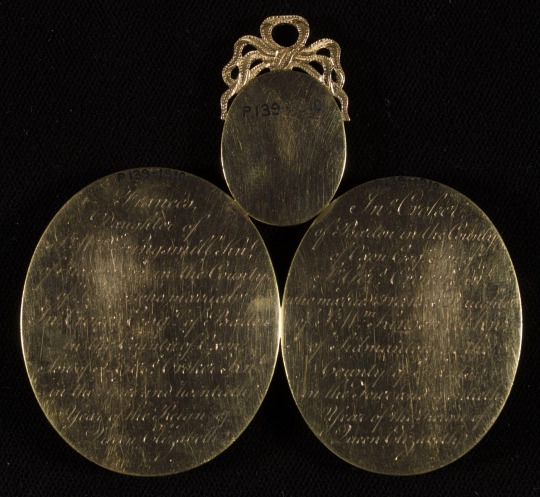
Miniature wedding portraits of Frances and John Croker of Barton by Nicolas Hilliard, circa 1581.
#freckles#early modern#early modern era#early modern period#english renaissance#english#renaissance#cool#portraits#portrait#painting#paintings#wedding#romance#love#couple#marriage#romantic#pretty#handsome#aesthetic#academia#history#fashion history#fashion#style#interesting#nicolas hilliard#elizabethan#tudor
217 notes
·
View notes
Text



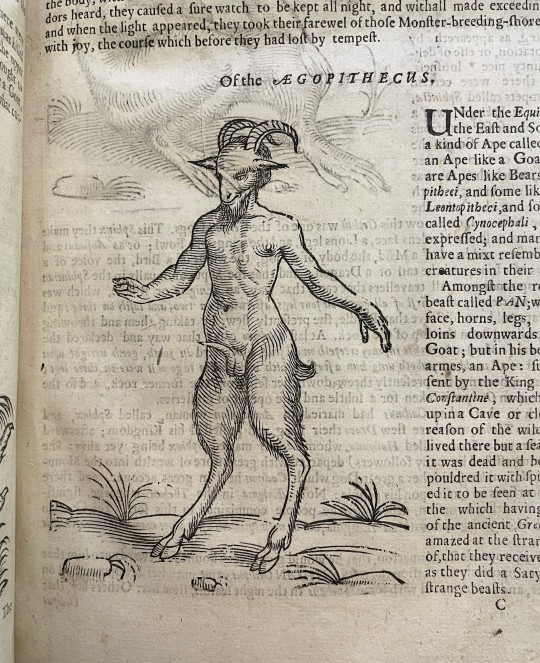

Just a sprinkle of some fantastic monsters from our 1658 History of Four-Footed Beasts and Serpents.
#othmeralia#rare books#history#scientific illustration#monsters#beasts#fantastic beasts#early modern#sea monster#Pan#man eating boa#Hydra
293 notes
·
View notes
Photo
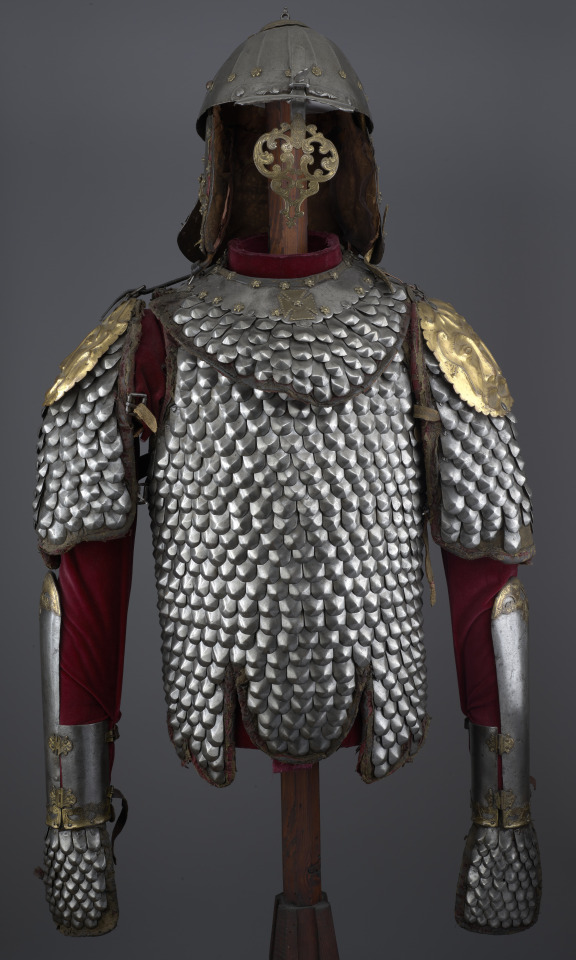
A Hussar’s scale armor, known as a Karacena, Poland, ca. 1645-1683, housed at the Czartoryski Museum, Krakow.
#armor#armour#scale armor#karacena#europe#european#poland#polish#early modern#czartoryski museum#art#history
982 notes
·
View notes
Text
Time Travel Question 46: Early Modernish and Earlier
These Questions are the result of suggestions from the previous iteration.
This category may include suggestions made too late to fall into the correct earlier time grouping. Basically, I'd already moved on to human history, but I'd periodically get a pre-homin suggestion, hence the occasional random item waaay out of it's time period, rather than reopen the category.
In some cases a culture lasted a really long time and I grouped them by whether it was likely the later or earlier grouping made the most sense with the information I had. (Invention ofs tend to fall in an earlier grouping if it's still open. Ones that imply height of or just before something tend to get grouped later, but not always. Sometimes I'll split two different things from the same culture into different polls because they involve separate research goals or the like).
Please add new suggestions below if you have them for future consideration. All cultures and time periods welcome.
#Time Travel#Early Modern#Aztecs#Tenochtitlan#Versailles#Louis XIV#Thames Frost Fair#The Original Amber Room#Vauxhall Gardens#Potlatch#Indigenous History#Pacific Northwest History#The Amazon#South American History#North American History#Cascadia Earthquake#History of Food#Queen Elizabeth I#Tudor England#Kamehameha the Great#Hawaiʻi#Hawaiian History
103 notes
·
View notes
Text
200 notes
·
View notes
Text
A little detail I appreciate about Pentiment are the head coverings. They can actually tell you little things about the characters.
First off, the doffing of caps indoors is a great touch.
Just like in period, most womens' heads are covered once they're married. You see that with Eva Gertneryn. She wears her hair uncovered for most of Act I, except at the end where she's seen with Otto in the town square, wearing a kerchief and straw hat. This might symbolize that she's publicly accepted Otto's courtship and she's off the 'market'. For Acts II and III, her hair is covered.
Pre-modern, a lot of feminine head coverings were as much for practicality as social modesty. I love the variety in-game (especially Hedwig's turban). Magdalene's not married, but she wears a wrapped cloth like a headband to keep her voluminous hair (inherited from her Mom, who wore hers the same way) out of the way as she works. They also help keep hair clean, which is helpful in a world where submerged baths are uncommon. Magdalene is clearly of a higher social status than some of the peasant girls in her age group if she has the time to comb her hair multiple times a day to keep it looking presentable.
I like that Else Mülleryn actually UNCOVERS her hair as time progresses. In Act III you can see it out in a braid, which might allude to her renewed sense of confidence and vitality post-Lenhardt (her clothing also becomes a lot more casual-looking, ideal for chasing grandkids). Speaking of widows, I have a feeling Ottilia never covered her hair, even when her husband was kicking. Because fuck supposed Christian modesty norms.
118 notes
·
View notes
Photo



‘It's not every day that new Tudor artifacts are discovered. Earlier this morning, researchers at the British Museum announced the discovery of a heart-shaped gold pendant, attached to a gold chain, dated to around 1521. Perhaps the most significant part of this discovery is the interwoven 'H' and 'K' initials, confidently linking this find back to Henry VIII and his first wife, Katherine of Aragon.
It is possible that this pendant was part of the Tudor court's famed pageantry. It may have been presented to Queen Katherine by Henry himself at a jousting tourney at Westminster, intended to celebrate the birth of their son, Prince Henry, Duke of Cornwall. However, that would place the pendant's origins to January of 1511 at the latest.
At the tournament, King Henry proudly wore symbols of the heart, Katherine's initials, and Katherine's emblem – a pomegranate – woven throughout his clothes and resplendent caparisons. He spared no expense for the celebrations, although sadly, his son Henry, would breathe his last less than a month later.
Little of the object's provenance has been revealed. It was discovered by a metal detectorist in a field in the Midlands, who 'shrieked like a school girl' upon unearthing the pendant. Hopefully in the coming months, more information about this enigmatic object will be released.’
Source: TudorExtra on Instagram
#tudor history#Tudor Dynasty#the tudors#katherine of aragon#catherine of aragon#henry viii#renaissance#early modern#archeaology
1K notes
·
View notes
Text

Clock made in the year 1576, known as "Barcelona great clock" (gran rellotge de Barcelona) or "clock of the Flemish" (rellotge dels flamencs).
This is the clock that marked the official time in Barcelona (Catalonia) from the top of its cathedral's bell tower between the years 1577 and 1864. It was made by Flemish clockmakers, and it's probably the biggest clock of its kind in the world.
Barcelona's cathedral got its first large mechanical clock in the year 1396. It was substituted 4 times before the clock on this post, which was the 5th. In 1864, this clock was taken down and a 6th one was installed, which is still in use nowadays.
Source: Museu d'Història de Barcelona.
#barcelona#catalunya#història#clock#clockwork#catalonia#historical#history#1500s#16th century#europe#early modern#steampunk#artifact
71 notes
·
View notes
Text
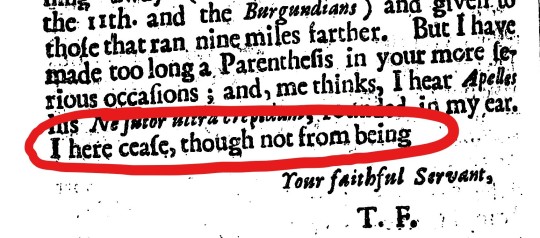
brb ending all my emails like this
#early modern#17th century#shitpost#really no idea how to tag this#letters#id in alt text#amy rambles
245 notes
·
View notes
Text

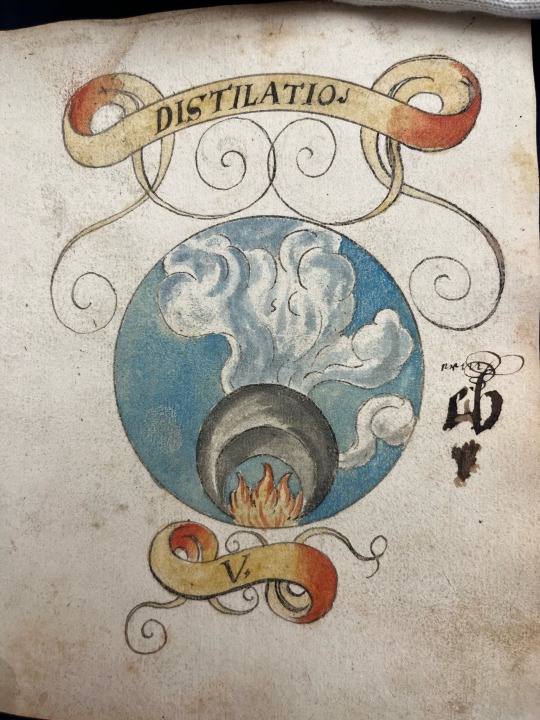



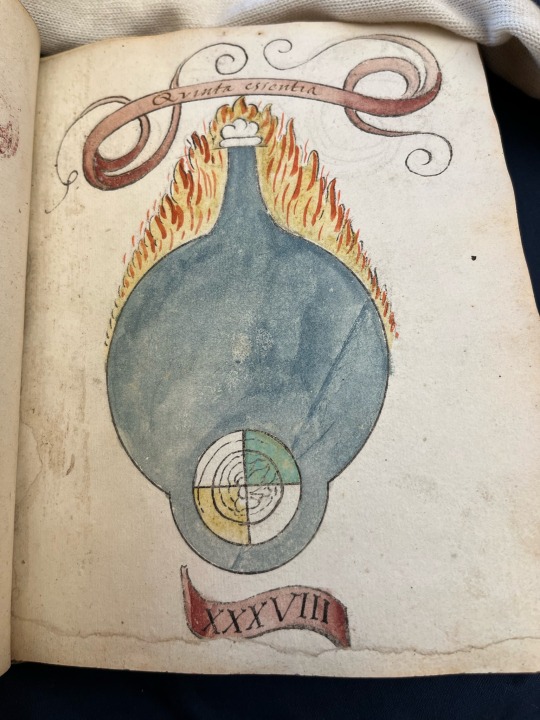
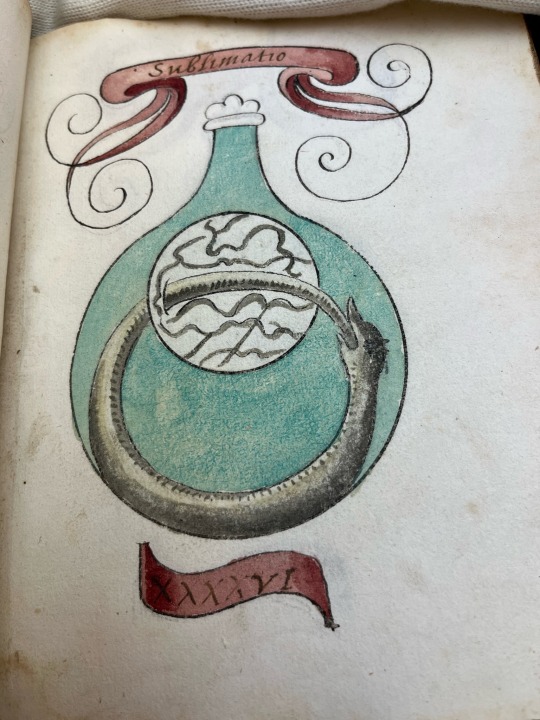

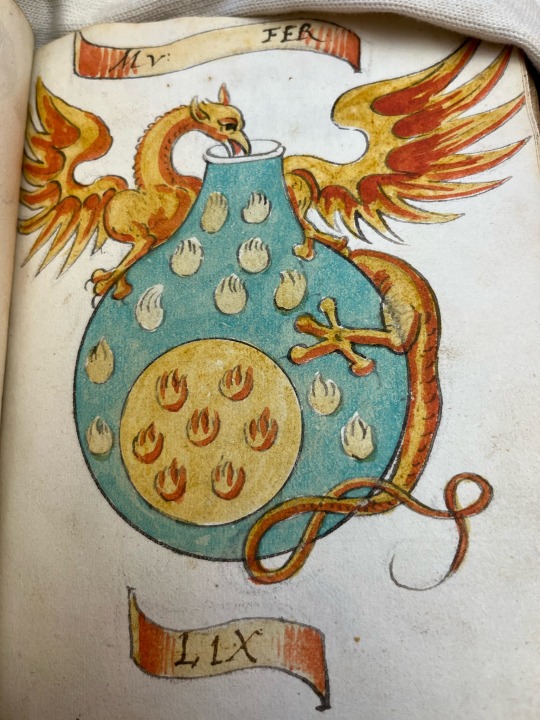
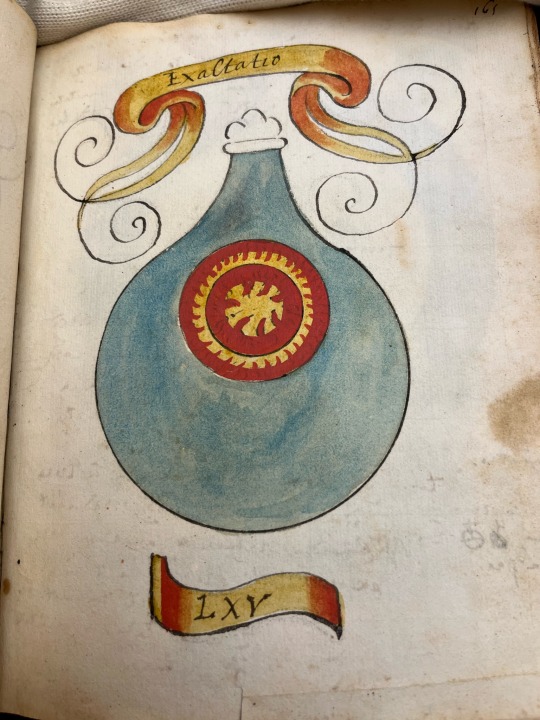
A selection of images from a sequence depicting the alchemical process, from an early modern manuscript.
#alchemy#alchemical#alchemical symbolism#alchemical art#occult#manuscripts#manuscript#medieval studies#early modern#renaissance
809 notes
·
View notes
Text

Celeste Casual Dress by Alexandra Semushina
265 notes
·
View notes
Text




from before finals
#bobastudy#studyblr#academia#aesthetic#dark academia#study with me#light academia#my posts#psych major#english major#cozy#uni studyspo#studysthetics#studylikegranger#undergrad#finals szn#latte#early modern#Shakespeare
46 notes
·
View notes
Text

Margaret of Austria as Mary Magdalene by Bernard van Orley
#it’s Margaret of Austria appreciation time!!!!#Margaret of Austria#archduchess#mary magdalene#art#northern renaissance art#northern renaissance#renaissance art#renaissance#16th century#16th century art#sixteenth century#portrait#portraits#netherlands#1500s#1500s art#early modern#st mary magdalene
16 notes
·
View notes
Photo



A beautiful Spear decorated with copper, silver, and gold with two miniature Wheellock Pistols atatched directly to the head, France, ca. 1600, housed at the Kunsthistorischesmusuem, Vienna.
#weapons#polearms#firearms#spear#wheellock#pistol#europe#european#french#france#early modern#khm#vienna#art#history
2K notes
·
View notes